On the island of Texel, Rebecca and her partner Jan are making vegetarian sheepskins. Her unique way of thinking lead her to collaborate with Texel farmers and fishermen, putting their waste materials to use, and creating a supportive local economy.
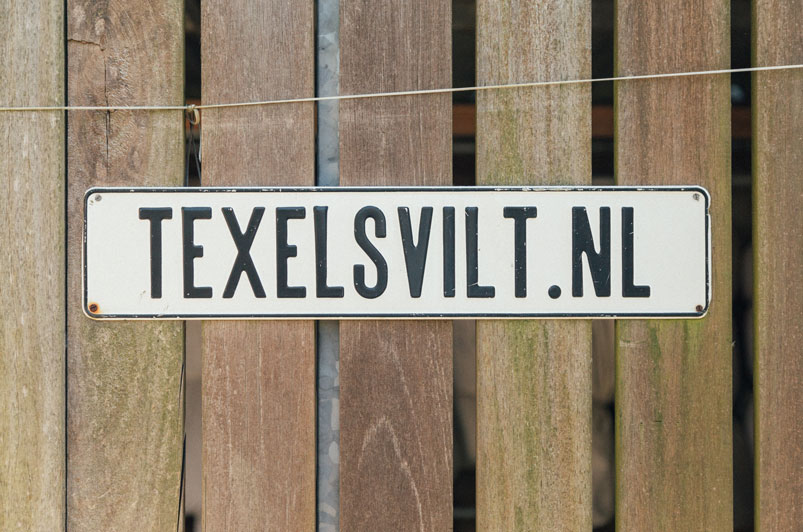
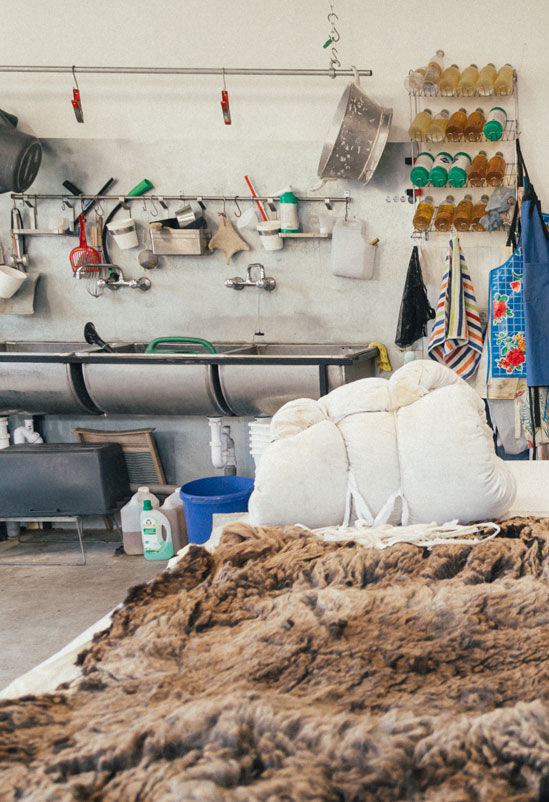
Texel is a large island to the north-west of the Netherlands mainland. Rebecca Geskus moved here from Amsterdam after a career in film costume design.
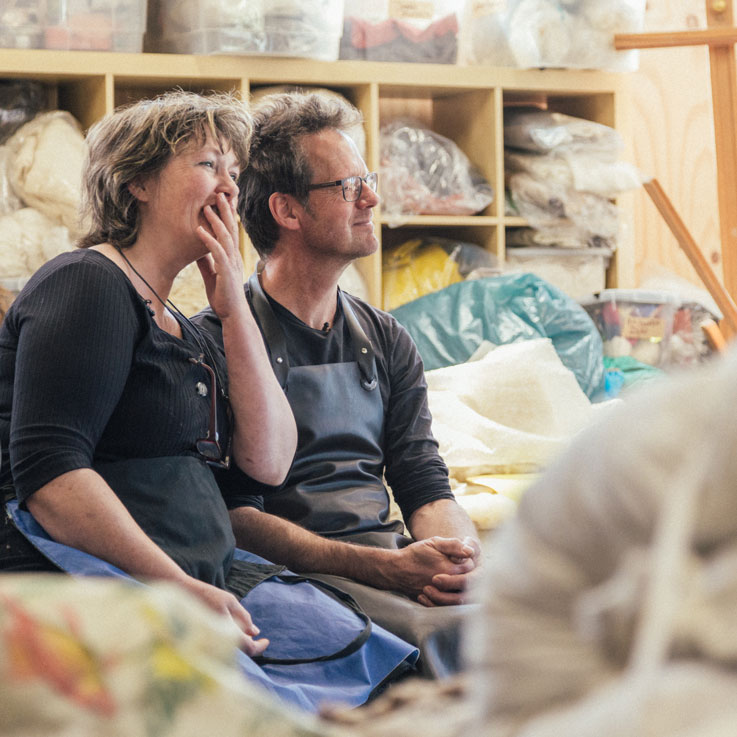
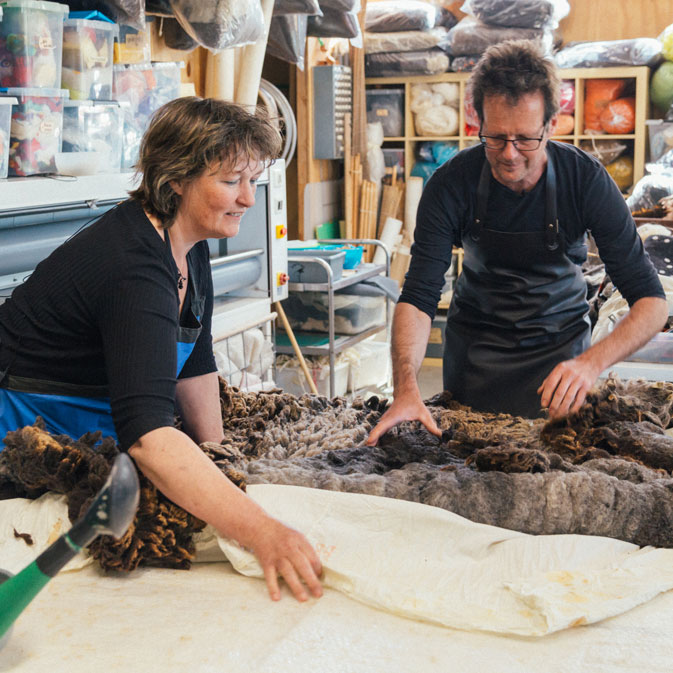
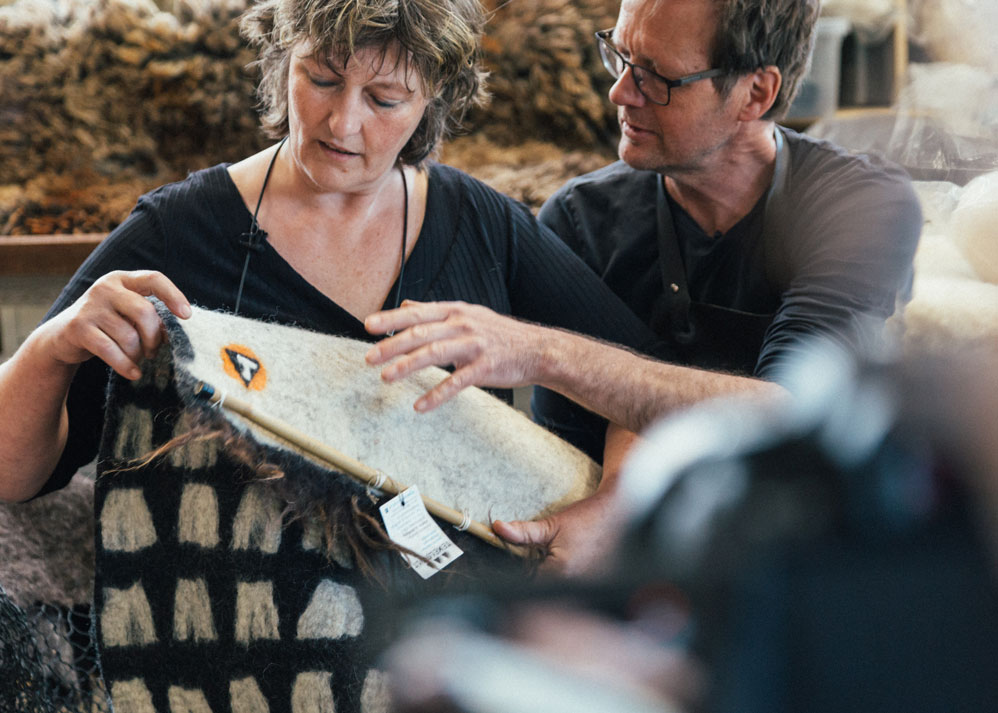
I like to do things that are not usual. I like to use things that aren't used for doing. - REBECCA
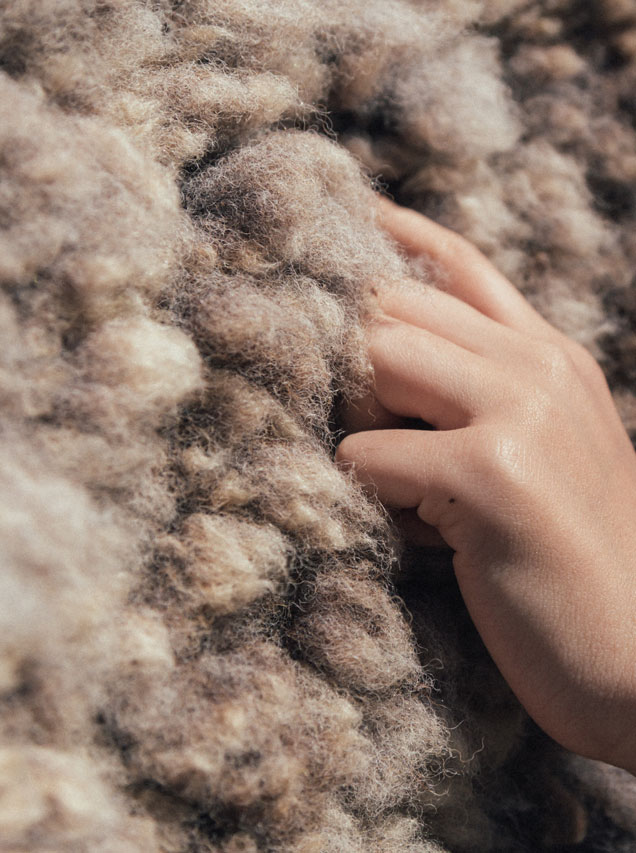
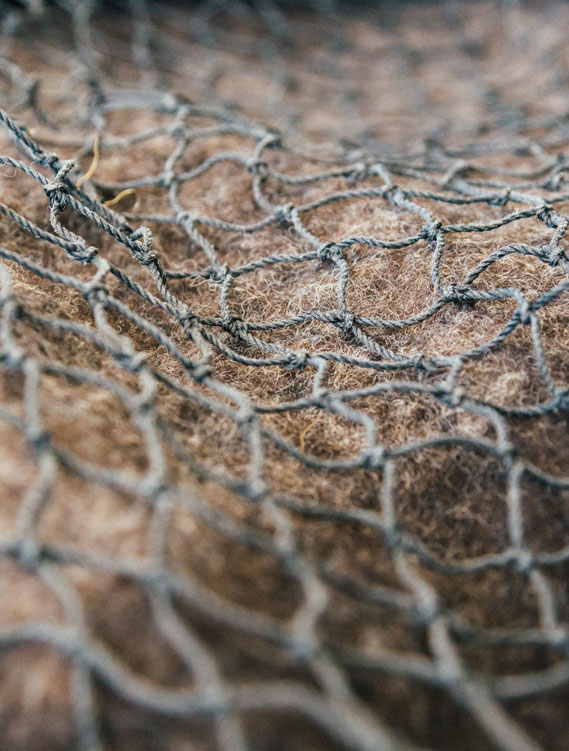
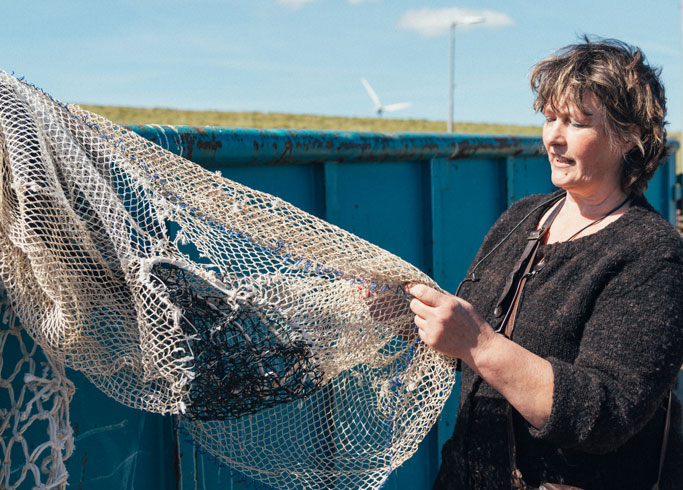
She like's impossible things. It's more [of a] challenge. - JAN
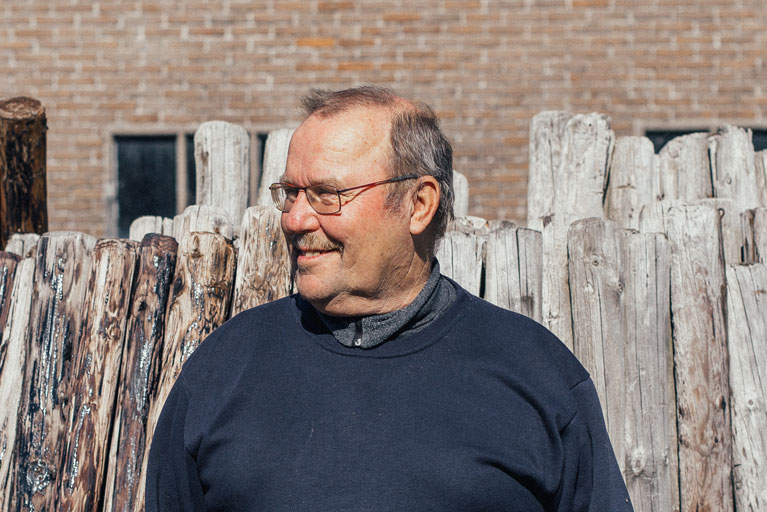
There's a gurantee that it's a local product. We know where the sheeps are. We know the farmer and the shaver. It comes here and we make it.
Rebecca Geskus uses fishnets to reinforce her sheepskins, since the Texel sheep's wool is not as fibrous as other wools, such as Merino.
There's a gurantee that it's a local product. We know where the sheeps are. We know the farmer and the shaver. It comes here and we make it. - JAN
I like to do things that are not usual. I like to use things that aren't used for doing. - REBECCA
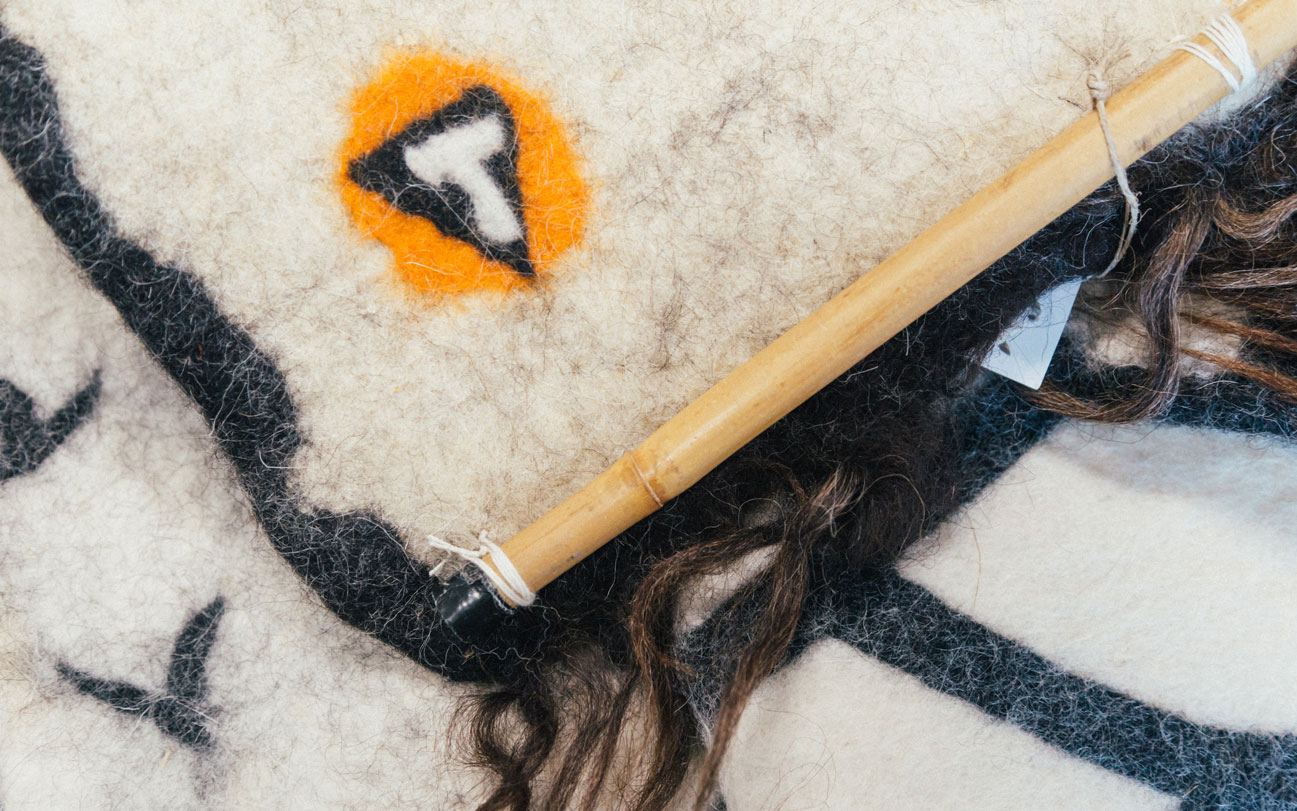
00:00:09
REBECCA: I'm Rebecca Geskus and I live on Texel, a beautiful island, and we have a studio. We like to use the local products, the local materials. And this is my husband, Jan.
00:00:23
Hi, ich bin Jan Gremmen. We've worked together since seven years I think. And she started, and well I joined her and I support her.
00:00:40
REBECCA: Yeah. He's my second hand. My right hand.
00:00:49
REBECCA: We put the vegetarian skin of fleece on the markets, and people who are vegetarian, they say, ‘hey, whoa, I like animals very much, but I never can have a fleece because I don't want to have a killed sheep in my house.’ And so it's also a reason that they liked the skins.
00:01:13
JAN: With the brown sheep, no one makes anything with it, they only want white wool and therefore the dark wool is very cheap. Yeah. But more and more expressive in colors.
00:01:26
REBECCA: But the farmer is happy with this because we buy the fleeces and we pay more than the fabric.
00:02:15
JAN: There’s guarantee that it's a local product. Yeah. We don't ship the wool to China and the product comes again. And then it comes here and we make it.
00:02:22
REBECCA: We know where the sheep are. We know the farmer and then it comes here and we make it.
00:02:36
JAN: Here this is the Texel wool. And the structure is not very effective with opening and closing. This is more strong. So we used the felting qualities of Merino wool to combine it with the texel wool.
00:02:58
REBECCA: I was thinking how can I make more strength, and when you put a fish net inside it's strong because of fishing net.
00:03:08
JAN: Little bit like concrete. You put iron in it and you put fishnet in wool.
00:03:14
REBECCA: Yeah. And that was a new idea and I like to do more things with that idea. And, it's local and it's also for free, the fishing net, you can take from the harbor because they throw it away.
00:03:27
JAN: It's also because you like to work with useless things, to give it a new life or new worth.
00:03:40
JAN: I think that is a little part of the quality to see possibilities. Just to do what your heart tells and not, just uh, uh, look at the practical consequences at the first sight.
00:03:58
REBECCA: Yeah. There is a challenge when people ask something or, for film, for “can you make this” - and in my brain it’s tic tac tic tac. I'm a build thinker… What is build thinker? I think in images. It's also, you can make nice combinations with the normal fur. Somebody who's very structured, don't make that combinations I make. Maybe. I think, it's a positive thing.
00:04:32
JAN: Of the chaos. Of the chaos. Yeah yeah. *both laugh* That’s a nice end to the interview now.